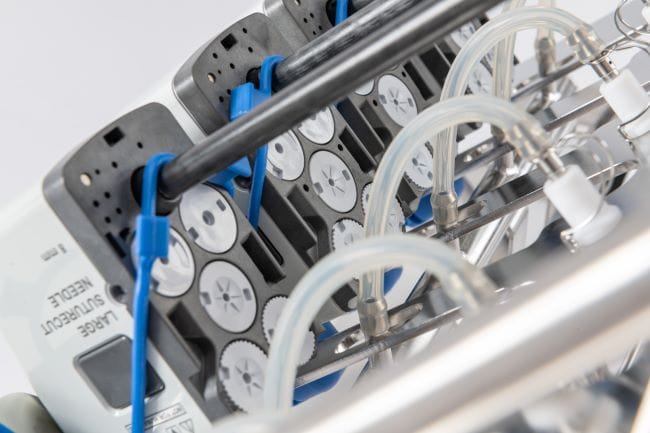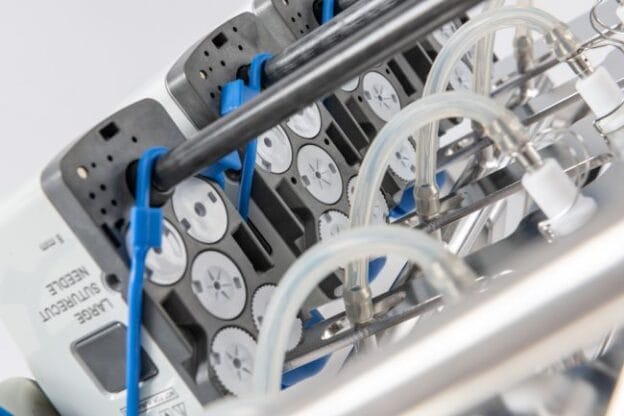By Chris Pennucci
Seventy eight percent of U.S. surgeons expressed interest in utilizing robotic assisted surgical (RAS) technologies with only 53% currently using this technology.1 This interest is driving growth in the number of RAS procedures, expansion of the types of procedures supported by RAS, and the manufacturers of surgical robotic equipment. Sterile processing departments must adapt to the increasing volume and complexity of RAS instrumentation reprocessing.
Correct reprocessing of RAS instrumentation is critical to maximizing usage of limited equipment and successful patient outcomes. Proper training is vital for success and begins with a good sterile processing preceptor.
Learning Objectives
- Identify traits of a good preceptor.
- Considerations when training staff on RAS instruments.
- Establish a plan for staff when they are working on their own.
About the Author

Chris Pennucci, BS, CRCST, CER is a Clinical Education Specialist for STERIS. He has been in the sterile processing field for 13 years as a technician, department coordinator, and department manager. Chris is also the past president of the Northern New England Chapter of HSPA. He holds certifications as a CRCST and CER and is a member of HSPA, AORN, SGNA, and APIC.






